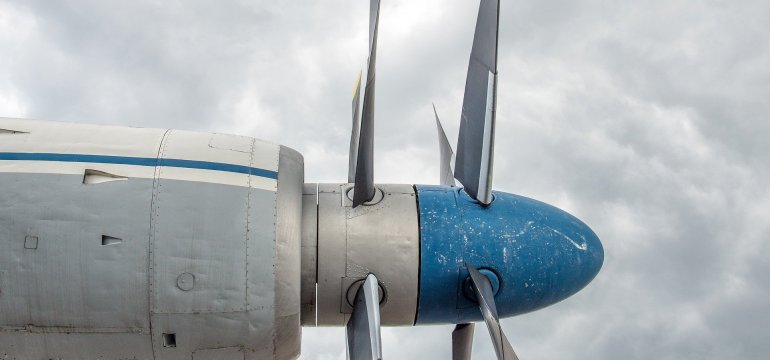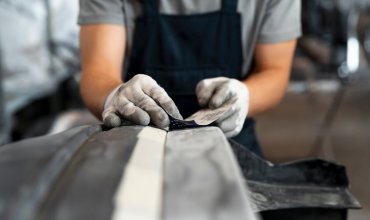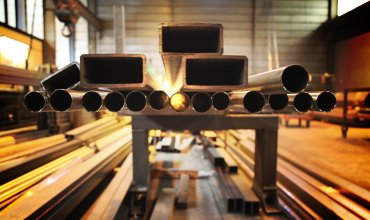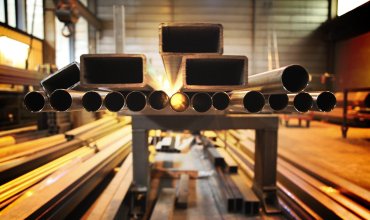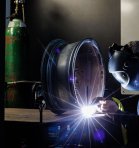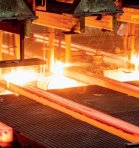In the world of modern aviation technology, one of the key construction materials is aluminum. It has played an extremely important role in the development of the aerospace industry over the past few decades. You're probably wondering, why exactly is aluminum the material of choice? Is it just a matter of lightness? The answer to these questions is much more complex, and the following article will shed light on this fascinating issue.
History of aluminum in aviation
The origins of the use of aluminum in aviation date back to the early 20th century, when the Wright brothers used the metal to build their pioneering aircraft. At that time, aluminum began to gain popularity due to properties that made it an ideal material for the nascent industry. With each passing year, its importance grew. During World War II, aluminum even became indispensable for the production of military aircraft. It made aircraft lighter, which translated into greater speed and efficiency. After the war, aluminum continued its expansion into the civilian market, becoming the basis for passenger aircraft structures. In Poland, the first aluminum structures appeared in the post-war years, and their development was closely linked to the modernization of the aviation industry.
Physical properties of aluminum
One of the main reasons for the popularity of aluminum is its lightness. This metal is about 70% lighter than steel, which has a direct impact on aerospace performance. Lightness translates into lower fuel consumption, which is crucial in the context of rising energy costs and the drive to reduce CO2 emissions. In addition, aluminum is extremely strong, meaning it can withstand enormous mechanical loads. The flexibility of this material allows it to be molded into various shapes, which is essential when designing complex aircraft components. In addition, aluminum is resistant to corrosion, which ensures longer life of aircraft structures in harsh weather conditions.
The use of aluminum in aircraft construction
Aluminum is ubiquitous in modern aircraft. It is widely used in the manufacture of fuselages, wings, as well as other structural parts. The Polish aerospace industry also relies on this material. An example is Polskie Zakłady Lotnicze Mielec, which produces aircraft using aluminum as one of the main raw materials. Thanks to its use, it is possible to construct aircraft with better technical parameters. Aluminum also makes it possible to create lighter components, such as landing gear components, which need to be both strong and flexible, which is essential when landing an aircraft.
Aluminum-related technological innovations
Innovation in the aircraft industry using aluminum is extremely dynamic. It's hard to imagine more revolutionary technologies than those emerging in the aerospace industry. Engineers are constantly striving to improve the properties of aluminum by introducing new alloys that increase its strength and reduce its weight. Currently, research is focused on further reducing the weight of aircraft, improving their performance and introducing new composite materials in combination with aluminum. Such innovations can result in huge savings for airlines, which in turn translates into cheaper airline tickets for passengers.
Challenges of using aluminum
Despite its many advantages, aluminum in the aviation industry also faces some difficulties. One of them is its higher price compared to other construction materials. It also happens that its processing requires more advanced technologies, which increases production costs. Also, the recycling process for aluminum is more complicated than for steel. Nevertheless, these challenges do not prevent the continued use of this material. Engineers are constantly working on new solutions to minimize these obstacles, so that aluminum continues to be the number one aerospace material.
The future of aluminum in aviation
Looking ahead, it is clear that aluminum will continue to play a key role in the aerospace industry. As the industry continues to grow, aluminum-related technologies will become more advanced. Modern aircraft will use newer and newer alloys, while the quest for the best possible performance will remain. The material itself may also be part of innovative projects aimed at the sustainable development of the aviation industry. There is no shortage of plans for prototypes of aircraft of the future that will be even lighter, more economical and environmentally friendly.
Summary
The question "Aluminum in the aerospace industry - why is it the number one material?" can be answered in a few words: lightness, strength, innovation. Aluminum is indispensable for the construction of modern aircraft, and its importance continues to grow. The aerospace industry could not develop at such a pace without this metal. That's why, the next time you look up in the sky and see an airplane, remind yourself of the engineering marvels behind its construction. Aluminum is the future of aviation - and more!


